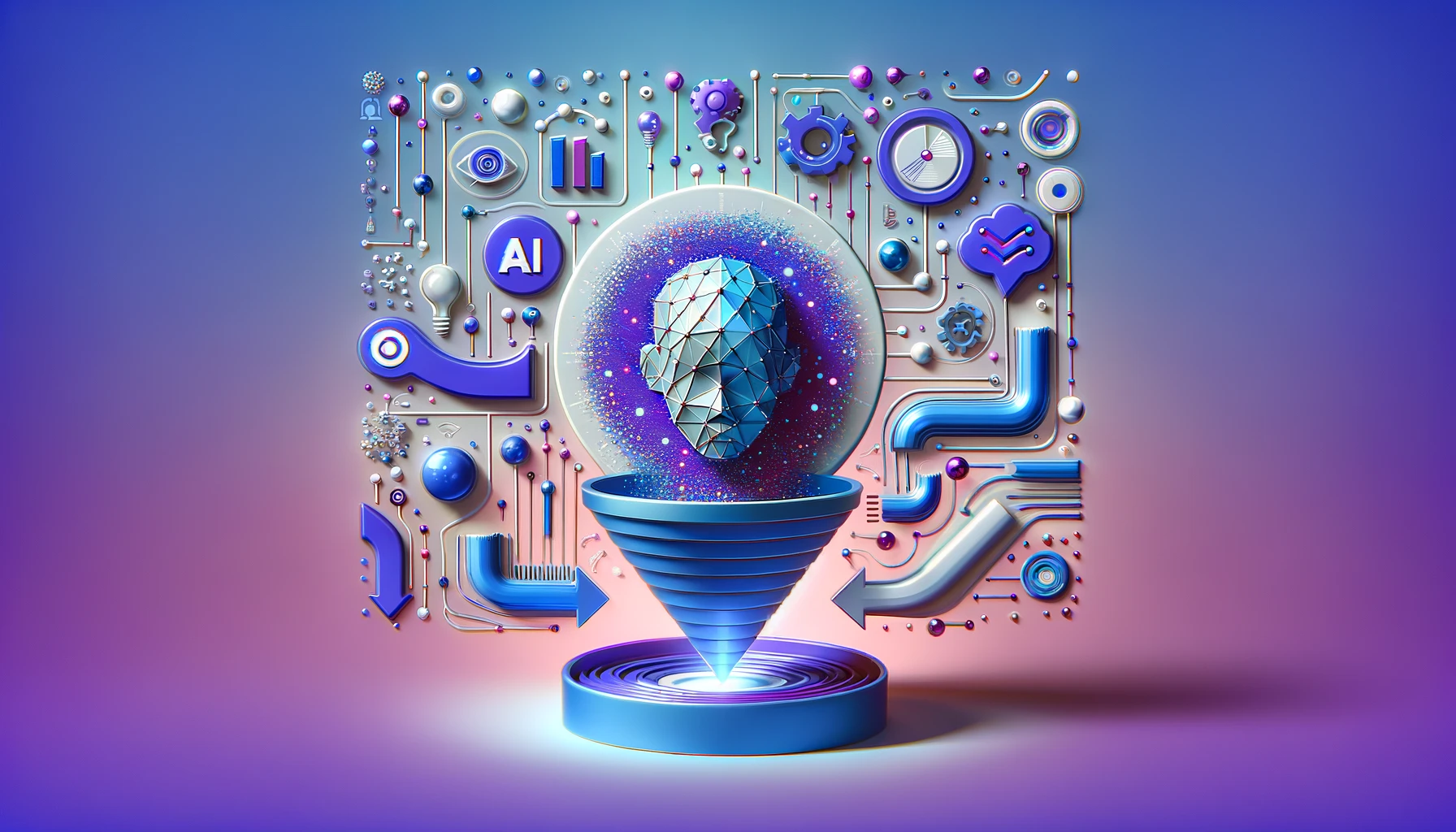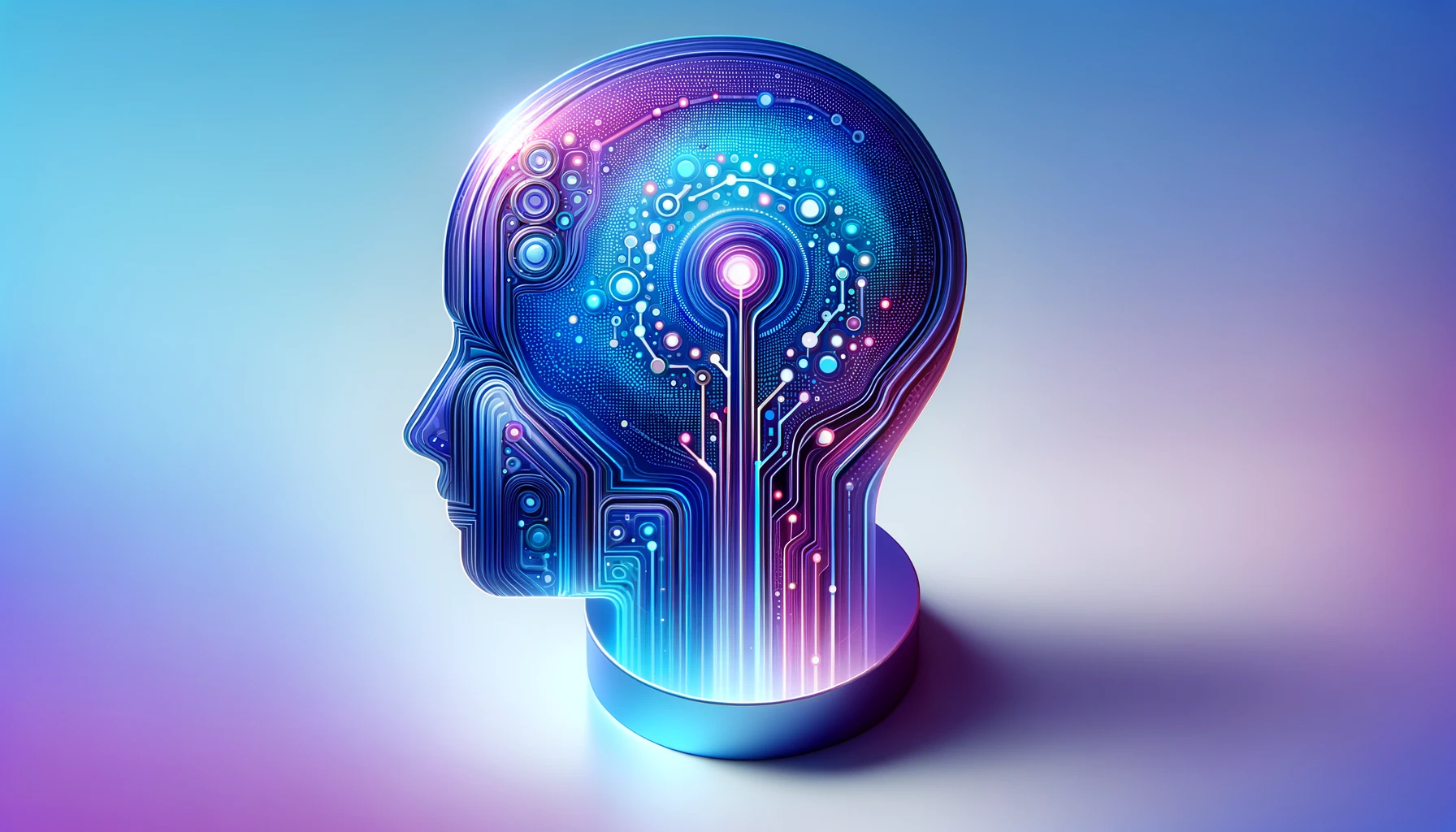4 SDR Tasks That Should Be Automated vs 4 Human-Only Tasks in 2025

Which SDR tasks should be done by AI? Which by humans? Find out in this post.
SDRs have been regularly missing quota for the last few years. Although many fear that AI is out to steal jobs, the reality is that AI can cover high-volume repetitive tasks while freeing humans for higher-value work.
The right set-up that combines the best human SDR and AI SDR can empower your teams to reach new sales heights.
Why automate certain SDR tasks?
Salespeople have trouble delivering value when routine tasks bog them down. They end up spending only 30% of their time actually selling. Fortunately, AI can automate data entry, quote generation, and lead qualification. In fact, AI-powered tools are now sparing sales reps 2+ hours of tedious work per day.
Instead of fearing AI, 80% of sales teams are experimenting with the technology. And 83% of those using AI saw their revenue grow in 2023. This effectively breaks the misconception that AI is going to steal jobs from sales reps.
The real question is which sales tasks are best done by an AI SDR.
SDR tasks for AI automation
So what should be delegated to an AI SDR agent?
Here are 4 SDR outreach tasks that can be quickly and easily automated to make your sales team highly efficient and productive.
Email follow-ups
The challenging economic climate has made organizations extra cautious about their purchases. You’ll be hard-pressed to find prospects who will purchase at the first point of contact. This makes email follow-ups a crucial part of your sales campaigns.
It can be challenging for SDRs to send timely personalized emails and follow-ups to every recipient when they deal with hundreds of leads on any given day. AI can take on the load by nurturing leads and sending follow-ups until leads are demo-ready.
Data entry and enrichment
Entering data is such a tedious task that human errors become practically inevitable. Mistakes are bound to happen when the work is so repetitive it becomes mindless.
Unsurprisingly, one of the top improvements sales teams get from AI is its ability to automate data entry. The powerful technology can sync customer data across systems, capturing and storing them in a way that preserves quality and accuracy. It also frees up time for sales reps who spend 9% of their work week manually entering customer and sales information.
Lead scoring and qualification
43% of sales professionals hope to get higher-quality leads from the marketing team. One way is to enlist AI to turn marketing-qualified leads into sales-qualified leads. Sales can also use AI-powered tools to scour large datasets for leads with the right intent, past interactions, and demographics.
For instance, AiSDR lets you run a deep search looking for specific intent signals like job openings, recent funding rounds, tech stack, and other information.
This helps you easily score leads and focus only on qualified prospects.
Email personalization at scale
Customers expect salespeople to tailor engagement to their individual needs and preferences, with 86% willing to buy from vendors who understand their objectives. Sales teams are failing to deliver, though, with 59% of B2B customers claiming the reps do not understand their unique goals.
It’s difficult for SDRs to personalize their messages when dealing with hundreds of leads. That’s where AI comes in. Virtual SDRs can pore through various data sources to get to know the prospects and tailor messages.
It empowers sales teams to go beyond relying on cookie-cutter emails with surface-level placeholders.
AiSDR helps you pull lead information from different sources such as LinkedIn, HubSpot, Apollo, and other lead data providers. It can also generate content based on the context, sending out personalized emails at scale.
Adopting AI tools will do wonders for your campaigns. With the right virtual team lineup, you could be watching your sales figure rise in no time. But there are tasks that are better left in the hands of humans.
SDR tasks for people
Only your human SDRs can take on tasks that require nuanced thinking and a deeper understanding of how people operate. Here are some complex activities that your AI will struggle to implement.
Cold calls over the phone and video
The US Federal Communications Commission (FCC) has made using AI-generated voices in robocalls illegal. As a result, AI cold calls could put you in legal hot water.
This means you’ll want to rely on your human SDRs to make outreach calls. Not only will you avoid legal non-compliance, but they’re better equipped to deliver sales pitches and respond to customer queries. They can also jump into video calls at a moment’s notice. Your customers will appreciate speaking face-to-face with an actual human agent.
Handling complex objections
AI tools are capable of handling common customer objections. They can either study past interactions or work off the information you feed them. But what happens when the objection is a bit too complex or nuanced, something that the AI tool is only now encountering?
That’s where a human SDR steps in. They can rely on their own knowledge to provide real-time personalized responses to unique objections. They can also dig through your company documents or ask stakeholders/subject matter experts for further information.
Navigating cultural nuances
Human SDRs are better equipped to empathize with prospects and consider their cultural background. Although AI is getting increasingly sophisticated, it still falls short when navigating cultural intricacies.
Experiments with ChatGPT have highlighted the shortcomings of AI, revealing its tendency to rely on simplistic stereotypes when attempting to embody a culture. It also opted for extreme characterizations, failing to take a middle ground or show sensitivity to the complexity of cultural identities.
Strategic planning
One of the biggest advantages of adopting AI is that it takes charge of repetitive tasks, leaving your sales reps with more bandwidth for high-level thinking.
You can count on AI for quick, even elaborate, ideations. But it’s still the human reps who can take the full context of what your company is about. They’re competent to build on the ideas and concepts to develop a high-level strategy that can take your overall sales initiatives to the next level. This strategy will integrate all your tactical actions and campaigns into a cohesive plan.
Human SDRs will always have a role to play in sales activities. After all, we’re still dealing with human customers, and only fellow human beings can fully understand them.
Success stories of AI SDRs empowering human SDRs
With AI SDR automating routine tasks, your reps no longer have to drown in mundane work. They get to focus on actually making sales.
Here’s how some companies are benefiting from AiSDR:
Castellum.AI
Castellum.AI, a compliance and risk management platform, wanted to improve its response to inbound leads, moving beyond generic email templates.
AiSDR provided a solution by automating nurturing emails and ensuring each message is unique and personalized. It did so by syncing up with HubSpot lists and pulling information from LinkedIn.
What were Castellum.AI’s results?
~70% open rate. 9-17% response rate. 3.7% conversion rate.
Harmix
Harmix, an AI-driven music discovery company, wanted to rev up its outbound campaigns without relying too much on generic templates. It wanted to reliably send follow-ups and responses to prevent leads from falling through the cracks.
The load proved a bit too much for the company’s sales agent. AiSDR came to the rescue as it automated outbound campaigns, sending out unique emails and responding to incoming messages without fail.
What were Harmix’s results?
74.97% open rate. 8.38% response rate. 19 meeting requests. Zero replies missed.











